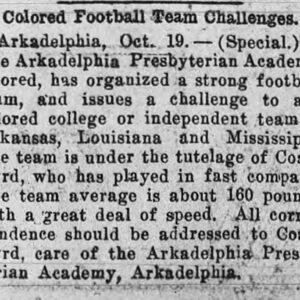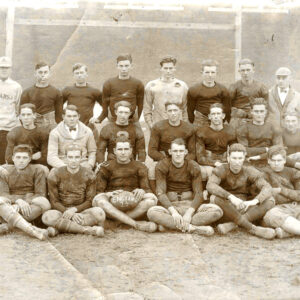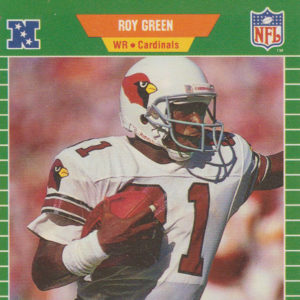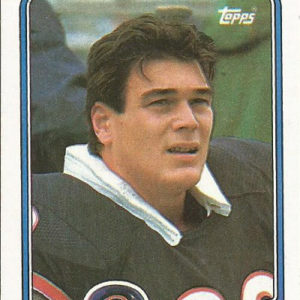Entry Category: Football
 Lance Alworth
Lance Alworth
Alworth, Lance Dwight “Bambi”
 Andrews Field
Andrews Field
 Arkadelphia Presbyterian Academy Football
Arkadelphia Presbyterian Academy Football
Arkansas Diamonds
 ASU Homecoming Program
ASU Homecoming Program
Barnhill, John Henry “Barnie”
Battle of the Ravine
Bazzel, David
Benson, Jesse N. “Buddy”
 Bill Bergey
Bill Bergey
 Bill Bergey
Bill Bergey
Bergey, William Earl (Bill)
Bond, Gary Pitt “Blackie”
Branch, Jesse Oliver
Broyles, Frank
aka: John Franklin Broyles
 Frank Broyles
Frank Broyles
Bryant, “Bear”
aka: Paul William Bryant
 Brandon Burlsworth Ad
Brandon Burlsworth Ad
 Brandon Burlsworth
Brandon Burlsworth
 Cabot Team Recognition
Cabot Team Recognition
Campbell, Leon “Muscles”
 Lewis Carpenter
Lewis Carpenter
Carpenter, Lewis Glen (Lew)
Carpenter, Preston
 Preston Carpenter
Preston Carpenter
 Maurice Carthon
Maurice Carthon
Carthon, Maurice
Charity Games of Football (1931)
Coleman, Walter Carpenter (Walt), III
Crockett, Robert Paul (Bobby)
Davis, William Delford (Willie)
Ellender, Bennie
 England Football Team
England Football Team
 Fargo Football Team
Fargo Football Team
 Stewart Ferguson
Stewart Ferguson
 Roy Green
Roy Green
Green, Roy Calvin
Greenwood, L. C.
 Dan Hampton Card
Dan Hampton Card
Hampton, Dan
Harrell, Calvin F., Jr.
Harris, Carroll Wayne “Thumper”
Harris, Clifford Allen (Cliff)
 Ken Hatfield
Ken Hatfield
 Lou Holtz
Lou Holtz
 Lou Holtz in Cabot
Lou Holtz in Cabot
 Lou Holtz in Cabot
Lou Holtz in Cabot




